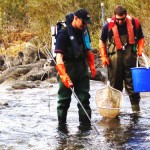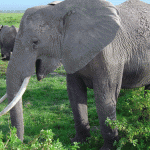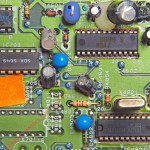
Red stars produce eruptions equivalent to more than 100 million atomic bombs. Image: NASA, ESA, and G. Bacon (STScI)
Small stars can make life very unpleasant for their orbiting planets. NASA’s Hubble Telescope has revealed the explosive nature of red dwarf stars, which can produce eruptions of heated plasma called flares. The energy in these flares is equivalent to more than 100 million atomic bombs, blasting any orbiting planets with X-rays, ultraviolet light and a stellar wind (gush of charged particles).
A study of 215,000 red dwarfs observed over seven days using showed 100 of these flares. The leader of the research team, Rachel Osten of the Space Telescope Science Institute in Baltimore, stated in the press release “We know that hyperactive young stars produce flares, but this study shows that even in fairly old stars that are several billion years old, flares are a fact of life.”
“Life could be rough for any planets orbiting close enough to these flaring stars. Their heated atmospheres could puff up and might get stripped away.”
The study also showed the red dwarf stars which oscillate in brightness (variable stars) are more prone to solar flares. Adam Kowalski, a member of the research team from the University of Washington (Seattle), said “We discovered that variable stars are about a thousand times more likely to flare than non-variable stars.”
“If the stars possess large star spots, dark regions on a star’s surface, that will cause the star’s light to vary when the spots rotate in and out of view. Star spots are produced when magnetic field lines poke through the surface. So, if there are big spots, there is a large area covered by strong magnetic fields, and we found that those stars had more flares.”
Red dwarf planets are smaller than our sun, but they have magnetic fields stronger than those of the sun. According to Osten, these magnetic fields cover a much larger area than they do on the sun. “Sunspots cover less than 1 percent of the Sun’s surface, while red dwarfs can have star spots that cover half of their surfaces.”






